Food Pathogen Testing Market: Key Drivers for Growth in the Food Industry
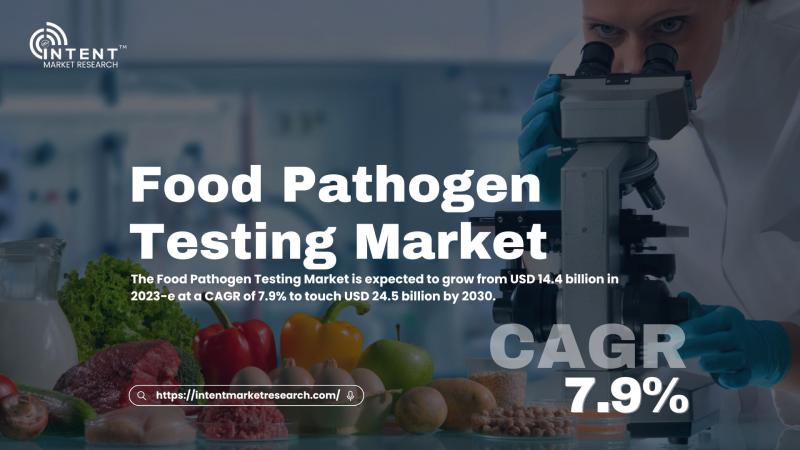
The food pathogen testing market has been growing steadily in recent years, driven by the increasing concern for food safety, regulatory standards, and the rising number of foodborne illnesses worldwide. In 2023, the market was valued at USD 14.4 billion and is expected to surpass USD 24.5 billion by 2030, with a compound annual growth rate (CAGR) of 7.9% during 2024–2030. As food safety becomes a critical issue globally, this industry is poised for significant growth.
What is Food Pathogen Testing?
Food pathogen testing refers to the process of detecting harmful bacteria, viruses, and other microorganisms in food products that can cause foodborne illnesses. Common pathogens include E. coli, Salmonella, Listeria, and Campylobacter. The purpose of pathogen testing is to prevent contaminated food from reaching consumers, ensuring public health safety.
Importance of Food Pathogen Testing in the Global Food Industry
The global food industry faces significant challenges in maintaining the safety and quality of food products. Every year, millions of people get sick due to contaminated food, and some cases lead to severe health consequences or even death. This has prompted stricter regulations from food safety authorities worldwide, which has directly fueled the growth of the food pathogen testing market.
Access Full Report @ https://intentmarketresearch.com/latest-reports/food-pathogen-testing-market-3130.html
Key Drivers of Market Growth
- Increasing Incidence of Foodborne Illnesses
The rise in foodborne illnesses is one of the main drivers of the market. According to the World Health Organization (WHO), foodborne diseases affect around 600 million people each year, leading to 420,000 deaths globally. This statistic highlights the urgent need for effective food safety measures, thus propelling the demand for food pathogen testing.
- Strict Food Safety Regulations
Governments across the globe have implemented stringent food safety regulations that require food manufacturers to conduct regular pathogen testing. For instance, in the United States, the Food Safety Modernization Act (FSMA) mandates food testing to ensure compliance with safety standards. Similar regulations in Europe and other regions have increased the need for frequent testing.
- Consumer Awareness and Demand for Transparency
Today's consumers are more conscious of what they consume. There is a growing demand for transparency in the supply chain, and consumers expect food companies to provide safe and high-quality products. This trend has pushed food manufacturers to adopt rigorous food pathogen testing protocols.
Challenges Facing the Food Pathogen Testing Market
- High Costs of Advanced Testing Methods
While technological advancements have made testing more accurate, they have also increased costs. Small and medium-sized food producers may find it challenging to implement sophisticated testing methods, limiting market growth in certain regions.
- Limited Infrastructure in Developing Nations
In many developing countries, the lack of proper infrastructure and facilities for food pathogen testing is a significant challenge. This limits the reach of the market in these regions, although the potential for future growth remains substantial.
- Time-Consuming Testing Procedures
Traditional testing methods can be time-consuming, causing delays in product distribution. While rapid testing technologies are being developed, the industry still faces bottlenecks in processing times for some pathogen detection methods.
Technological Advancements in Food Pathogen Testing
- PCR-Based Testing
One of the most significant advancements in the field of pathogen testing is the development of Polymerase Chain Reaction (PCR)-based testing methods. PCR allows for the rapid detection of pathogens by amplifying the DNA of the microorganism, providing accurate results within hours.
- Next-Generation Sequencing (NGS)
NGS is another cutting-edge technology used in food pathogen testing. It allows for the detection of multiple pathogens simultaneously and offers detailed insights into the genetic makeup of the contaminants. This helps in identifying the source of contamination more efficiently.
- Immunoassays
Immunoassays are a cost-effective method for detecting specific pathogens. They use antibodies to detect antigens in the food sample, providing accurate and fast results. This method is widely used in routine food testing.
Download Sample Report @ https://intentmarketresearch.com/request-sample/food-pathogen-testing-market-3130.html
Segmentation of the Food Pathogen Testing Market
- By Type of Pathogen
- E. coli
- Salmonella
- Listeria
- Campylobacter
Different pathogens require distinct testing methodologies, and their prevalence varies across regions and food types.
- By Technology
- Traditional Culture-Based Testing
- PCR Testing
- Immunoassay Testing
- NGS Testing
The market is segmented based on the technology used in pathogen detection, with PCR and NGS being the most advanced and widely adopted methods.
- By Food Type
- Meat and Poultry
- Dairy Products
- Processed Foods
- Fruits and Vegetables
- Seafood
Different types of food carry different risks, and this segment breaks down the testing requirements based on the food category.
Regional Analysis of the Food Pathogen Testing Market
- North America
North America holds the largest share of the food pathogen testing market, driven by strict food safety regulations and a well-established food industry. The United States, in particular, has a robust regulatory framework that mandates frequent testing, further boosting market growth.
- Europe
Europe is another key player in the market, with the European Union's stringent food safety standards driving demand. Countries like Germany, France, and the UK have significant investments in food safety technologies.
- Asia-Pacific
The Asia-Pacific region is expected to witness the fastest growth, driven by the expanding food and beverage industry, increasing food exports, and rising consumer awareness about food safety. However, challenges such as limited infrastructure in some regions remain.
Future Outlook for the Food Pathogen Testing Market
The future of the food pathogen testing market looks promising, with continuous technological advancements driving innovation. As rapid testing methods become more affordable, and as developing nations invest in better infrastructure, the market is expected to grow at an even faster rate.
Conclusion
The food pathogen testing market is set for substantial growth, driven by increasing foodborne illnesses, strict regulatory requirements, and growing consumer awareness. With technological advancements such as PCR and NGS revolutionizing the industry, the market is well-positioned for continued expansion through 2030.
FAQs
- What is the main reason for the growth of the food pathogen testing market?
The main drivers include the rise in foodborne illnesses, stricter food safety regulations, and increased consumer demand for transparency and safety in food products. - What are the most common pathogens tested in the food industry?
The most commonly tested pathogens include E. coli, Salmonella, Listeria, and Campylobacter. - How do PCR-based testing methods work?
PCR-based testing amplifies the DNA of pathogens, allowing for quick and accurate detection, making it one of the most reliable testing methods. - What are the main challenges in the food pathogen testing market?
Challenges include the high cost of advanced testing methods, limited infrastructure in developing nations, and time-consuming traditional testing procedures. - Which region holds the largest share in the food pathogen testing market?
North America holds the largest market share, followed closely by Europe, due to stringent food safety regulations and advanced testing infrastructure.
About Us
Intent Market Research (IMR) is dedicated to delivering distinctive market insights, focusing on the sustainable and inclusive growth of our clients. We provide in-depth market research reports and consulting services, empowering businesses to make informed, data-driven decisions.
Our market intelligence reports are grounded in factual and relevant insights across various industries, including chemicals & materials, healthcare, food & beverage, automotive & transportation, energy & power, packaging, industrial equipment, building & construction, aerospace & defense, and semiconductor & electronics, among others.
We adopt a highly collaborative approach, partnering closely with clients to drive transformative changes that benefit all stakeholders. With a strong commitment to innovation, we aim to help businesses expand, build sustainable advantages, and create meaningful, positive impacts.
Contact Us
sales@intentmarketresearch.com
US: +1 463-583-2713


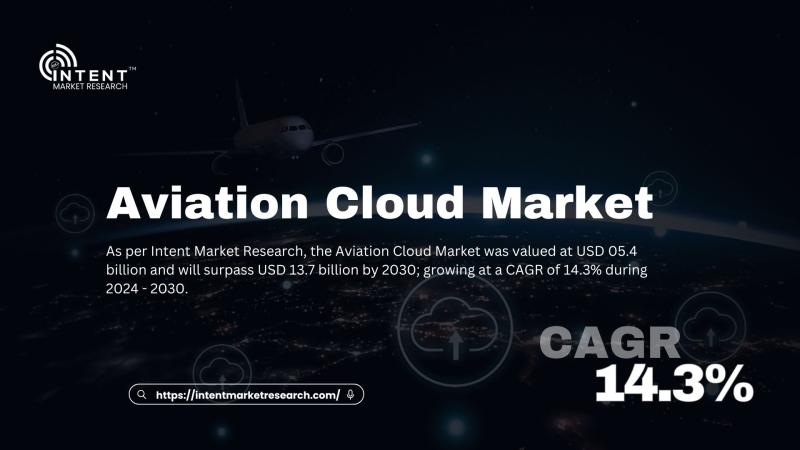

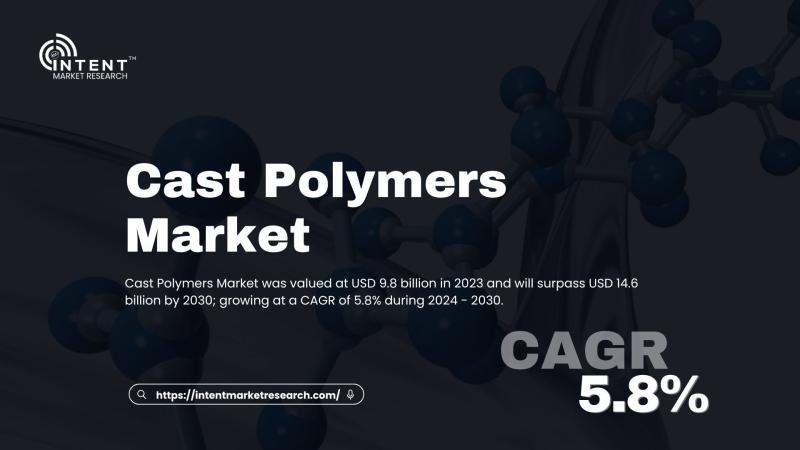



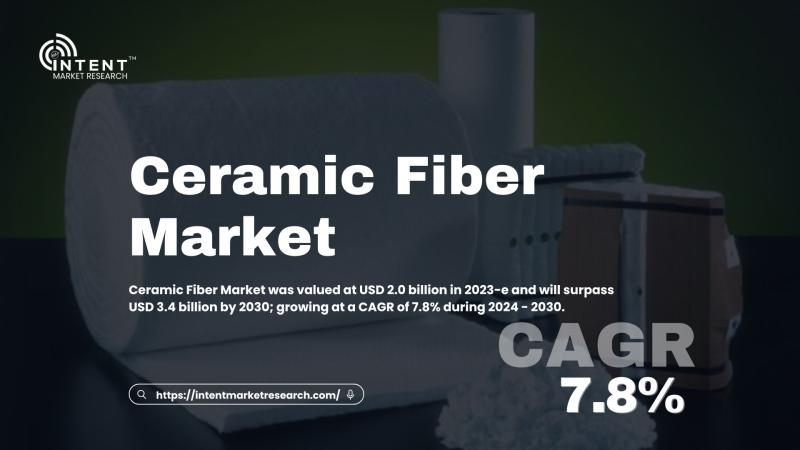
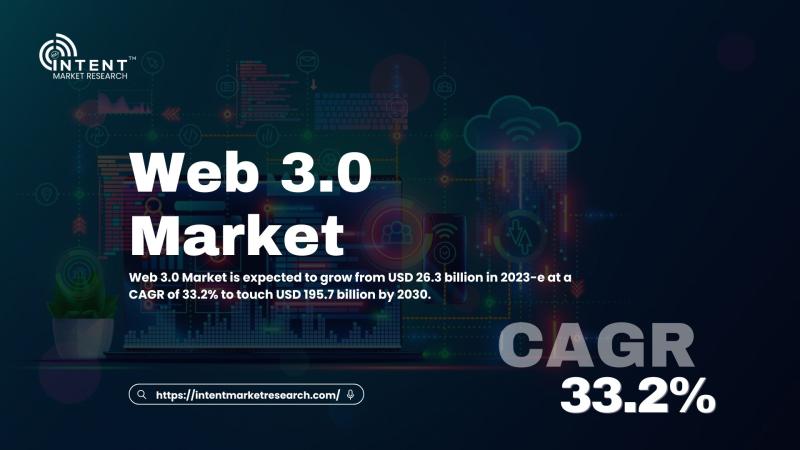
Comments